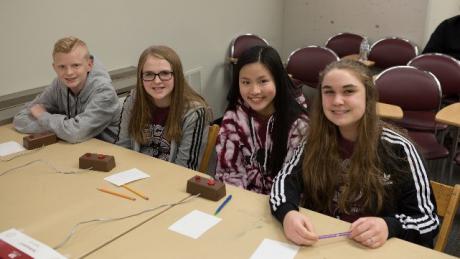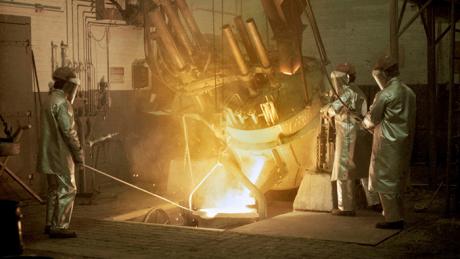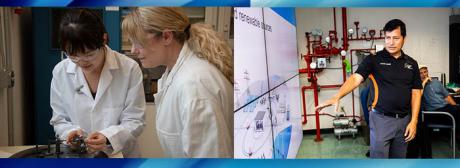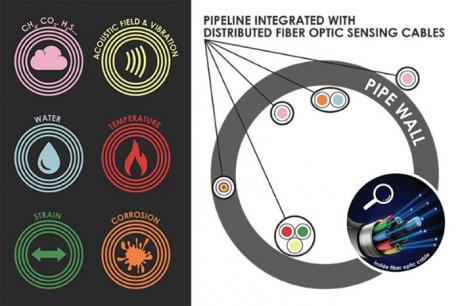Toss-up question, mathematics: How many students nationwide compete in regional Science Bowls each year?
The correct answer is more than 9,000 high school students and 4,500 middle school students. Hundreds of those students compete at the West Virginia and Western Pennsylvania Regional Science Bowls, organized and co-hosted each year by NETL to promote science, technology, engineering and math (STEM) education.
These fast-paced, quiz-style events help middle and high school students expand their science and math knowledge, build teamwork skills, and learn how to excel under pressure as they compete for a spot in the U.S. Department of Energy’s National Science Bowl. Described as “a competition like no other,” more than 290,000 students have participated in the National Science Bowl throughout its nearly 30-year history.
NETL Director Brian J. Anderson, Ph.D., is among them. His first exposure to the Lab was as a Science Bowl participant at what was then known as the Morgantown Energy Technology Center, a predecessor to NETL.
About
News and Events
Research and Programs
Featured Initiatives Advanced Alloys Signature Center (AASC) Center for Fuels and Chemicals (CFC) Center for Microwave Chemistry (CMC) Coal for High-Value Products Critical Minerals and Materials Natural Gas Science-based Artificial Intelligence and Machine Learning Institute (SAMI) Subsurface Science Turbine System Optimization
Major Fossil Energy Programs Carbon Management Resource Sustainability
Core Competencies Computational Science and Engineering Energy Conversion Engineering Geological and Environmental Systems Materials Engineering and Manufacturing Strategic Systems Analysis and Engineering Program Execution and Integration
Core Competencies Computational Science and Engineering Energy Conversion Engineering Geological and Environmental Systems Materials Engineering and Manufacturing Strategic Systems Analysis and Engineering Program Execution and Integration
Energy Technology Development Office of Energy Efficiency and Renewable Energy Battery Workforce Initiative Cybersecurity, Energy Security, and Emergency Response Office of Electricity
University Training & Research Historically Black Colleges and Universities and Minority Serving Institutions Program University Carbon Research Program
University Training & Research Historically Black Colleges and Universities and Minority Serving Institutions Program University Carbon Research Program
Business
Library
Explore our Library

Approved Categorical Exclusions Environmental Assessments Environmental Impact Statements Oil and Gas Projects Summaries NETL Fact Sheets Publication Search Energy Data Exchange (EDX) FECM External R&D Final Technical Reports Project Landing Page Summary Information for External R&D Awards NETL R&D Publication Search Peer Review Reports
- Research and Programs
- Featured Initiatives
- Core Competencies
- Core Competencies
- Energy Technology Development
- University Training & Research
-
- Business
- Technology Transfer
-
- Library
- Energy Analysis
-
- About
- News and Events
- Education










